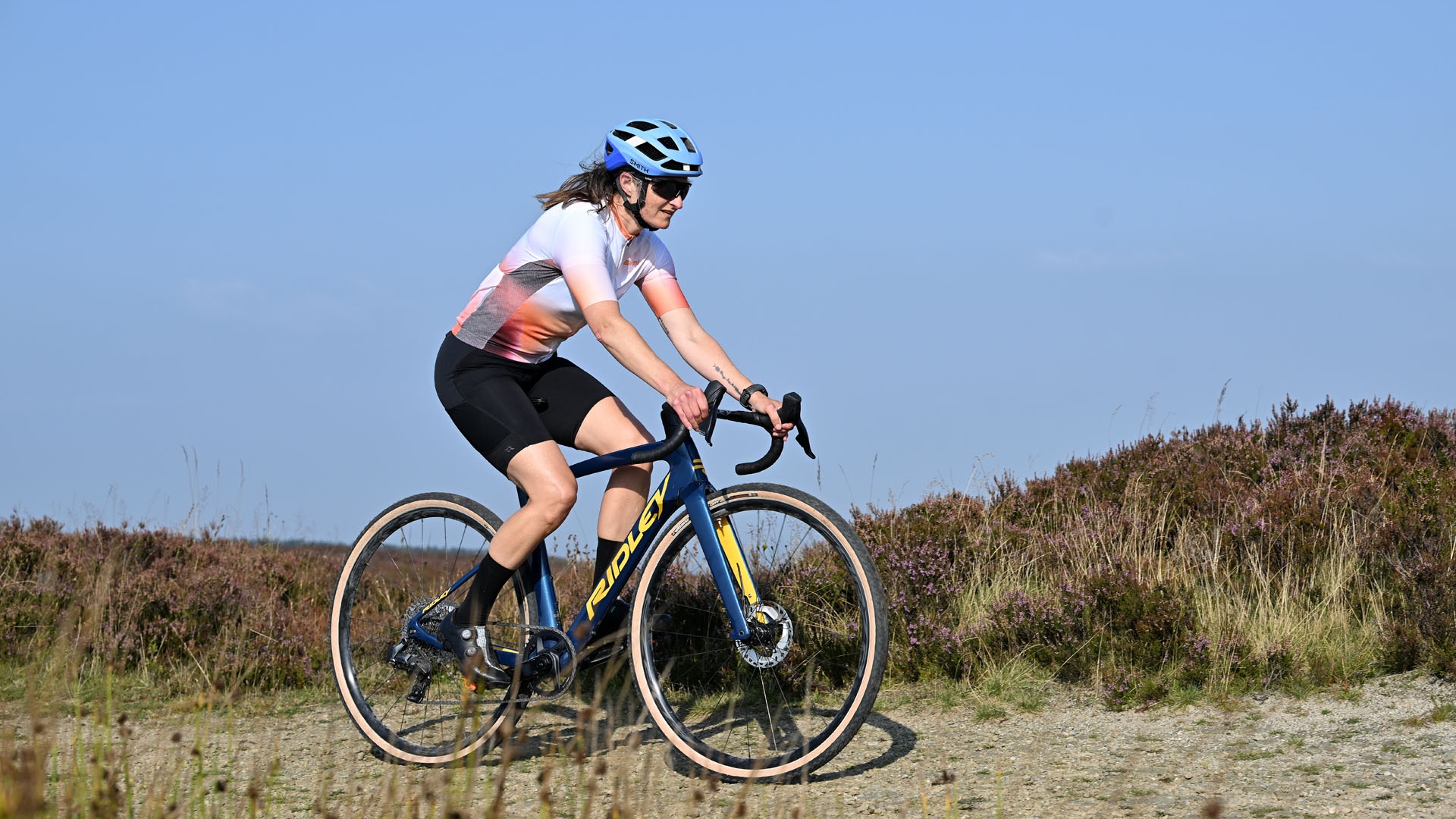
In days gone by off-road drop bar racing meant only one thing: cyclo-cross. A world where a bike’s handling is fast and sure, where tyres are skinny and mud clearance is aplenty. But the fast tracks and unrestricted tyre sizes of top-end gravel racing has brought a different drop bar race bike to the fore; the wide-tyred aero race bike. Enter the Ridley Kanzo Fast.
The frame
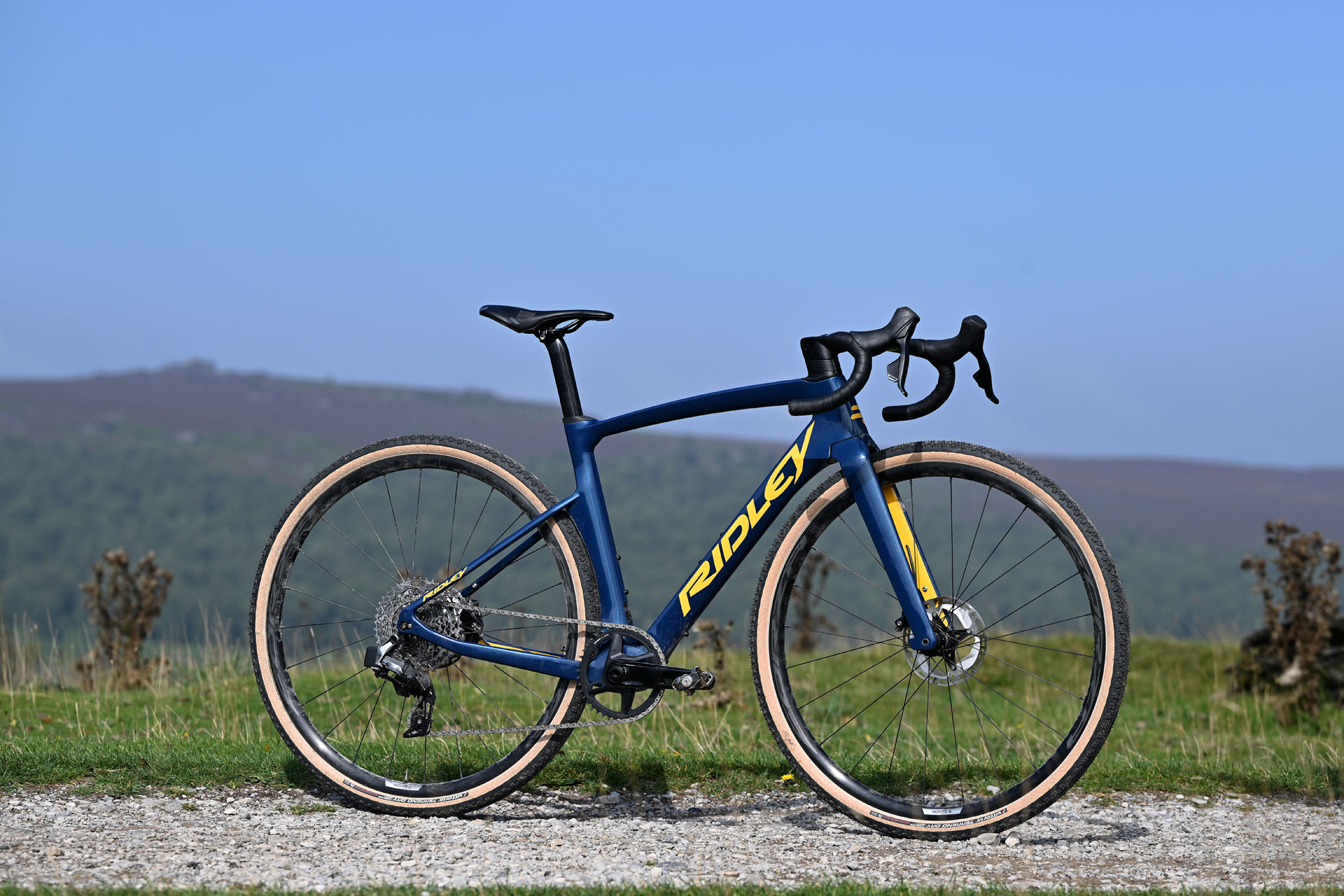
Based on the brand’s aero road race bike the Noah Fast, the Kanzo Fast is a gravel bike designed for flat out speed on the rough long tracks (the Kanzo Adventure is Ridley’s other gravel bike).
The carbon frame and fork of the Kanzo Fast is full-on aero. The fork and integrated cockpit flow into the D-shaped headtube, there are fairings at the fork tips, dropped seat stays and one-by only design.
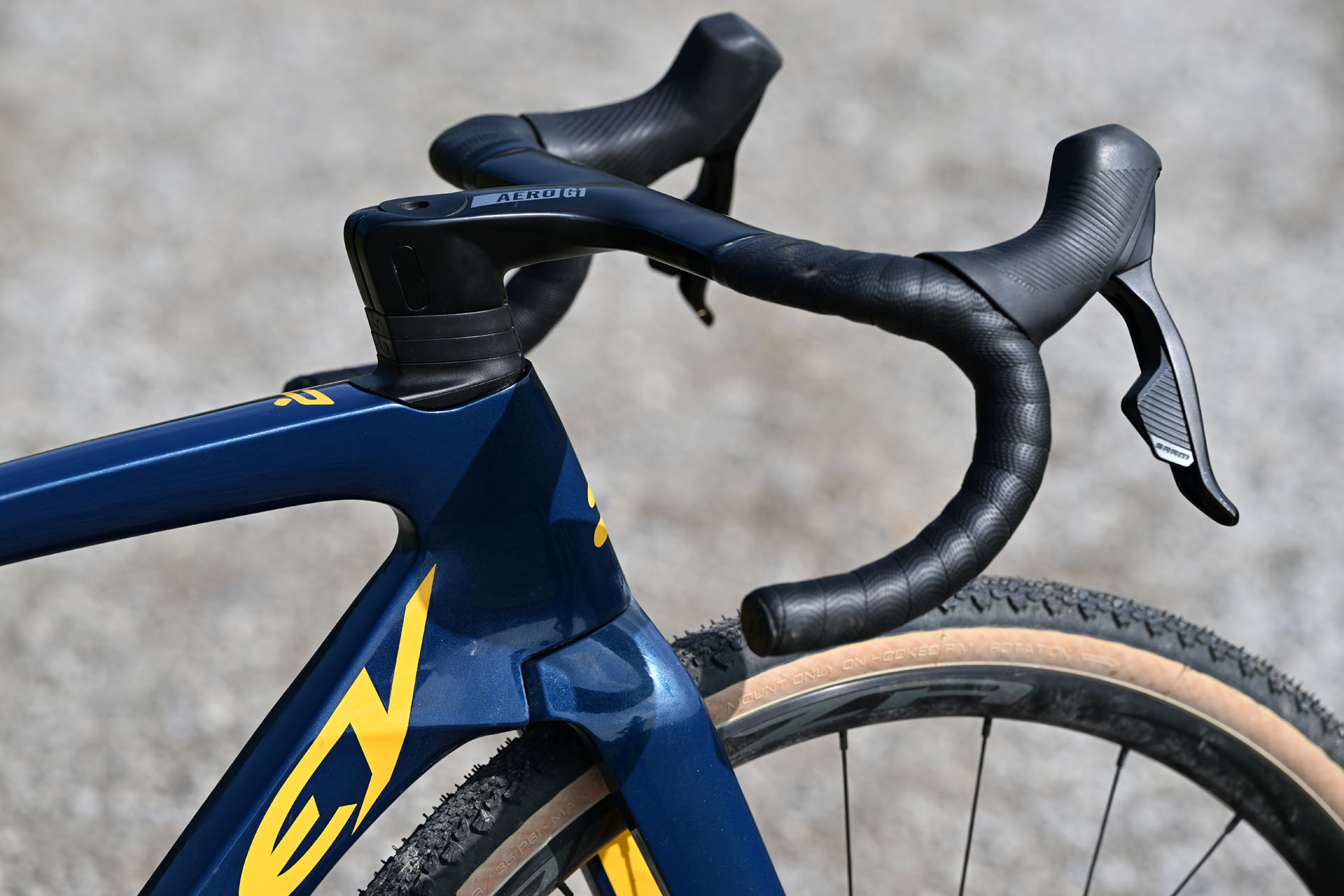
The lay-up of the carbon throughout the frame and cockpit as well as the geometry is designed to provide the shock absorbency needed to ride off road. So, whilst it looks like a road racing bike, there’s less stiffness and a lot more comfort than you might expect.
The geometry follows suit, a road race bike base with gravel tweaks. The Kanzo had the shortest wheelbase of all the bikes we had on test (1,001 mm on XS) with the lowest stack height (537 mm) and longest reach when taking the stem length into consideration (480 mm total; 110 mm spec’d on our test bike). To give the bike front end stability on rougher terrain the head tube has a 71o angle which was pretty standard across all the bikes in our review. To sum it up, it’s short and low but not as short and low as its road cousin.
The Kanzo is available in five different sizes with reaches 373 – 400 mm (not including stem) and stacks 537 – 638 mm.
The build
For this year’s gravel bike of the year we looked to include bikes priced £2,500 – 3,500 and the lowest priced of the Kanzo Fast falls within our budget at £3,200. This base model features the aero frame and fork with Norte wheels, mechanical SRAM Rival 1x11 shifting and disc brakes. It doesn’t feature the Kanzo cockpit, instead it runs a two piece non-aero alloy stem and bars. But… because of availability, that base model was not the bike we had to review.
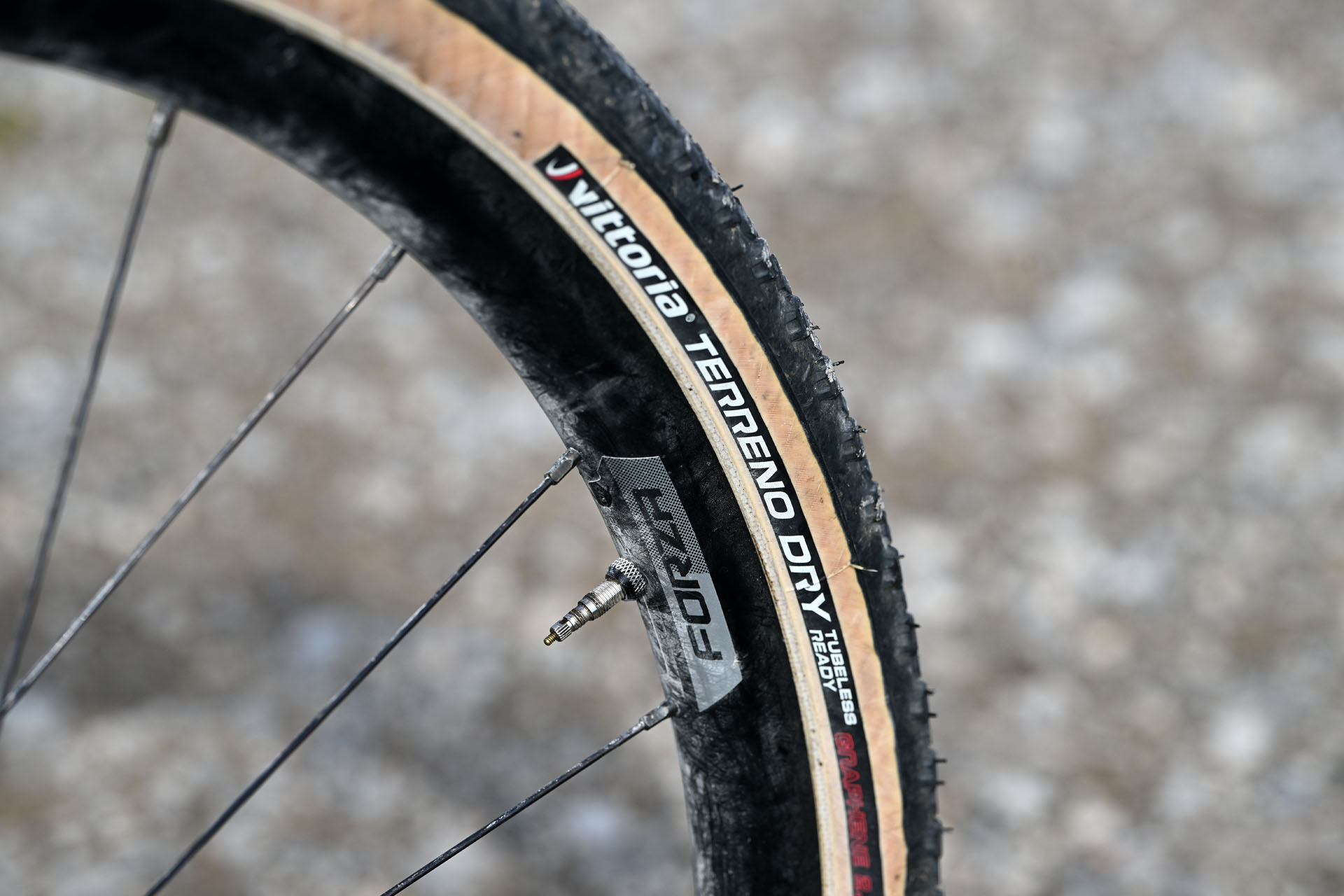
Our test bike was a ‘configured’ build (where you can select your own specification) which would cost around £5,000. It featured an integrated carbon cockpit (110 x 380 mm), SRAM Rival AXS XPLR 1x12 shifting and brakes, Forza Lavanto Gravel Carbon wheels and 38 mm Vittoria Terreno tyres.
The ride
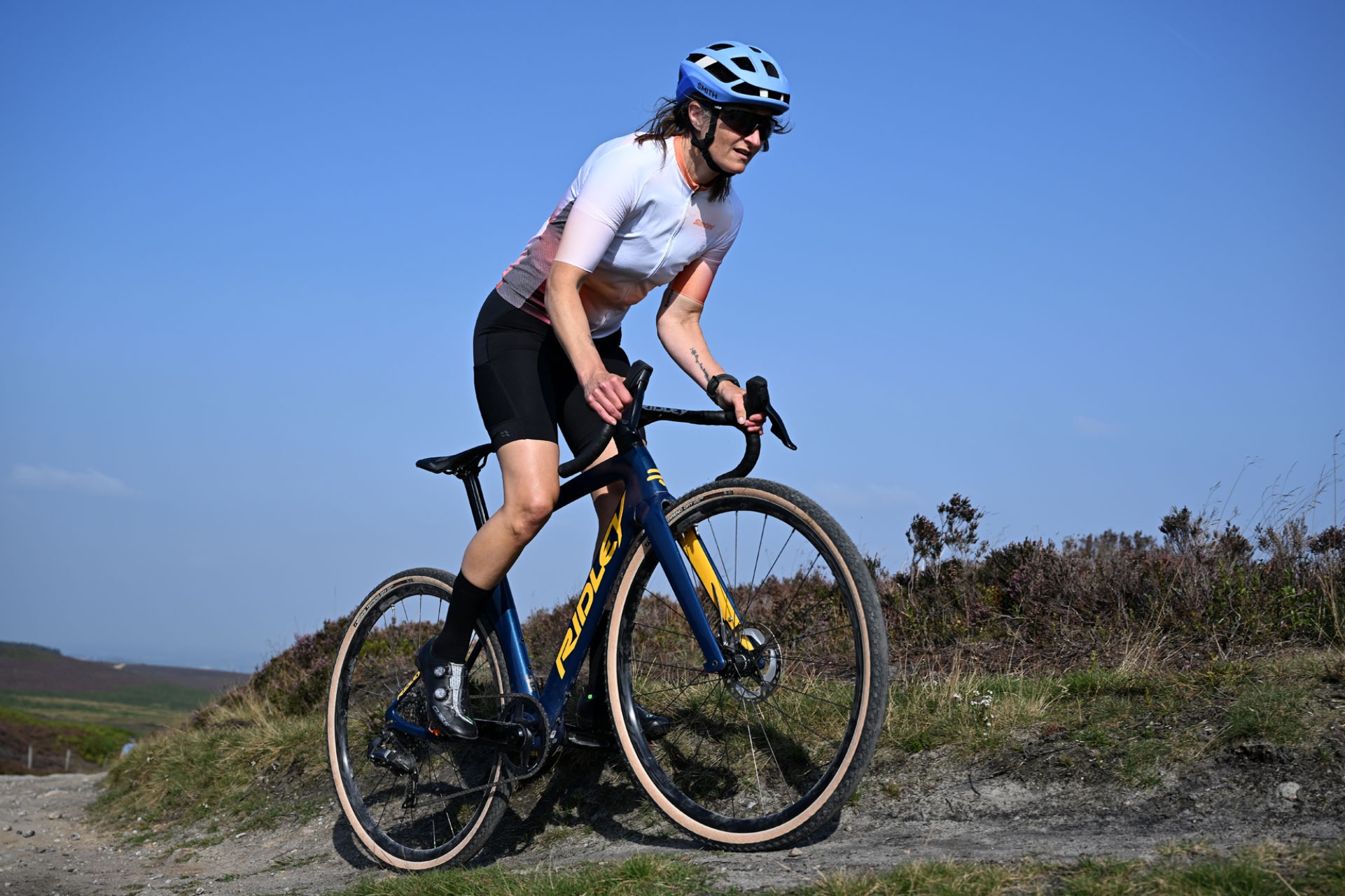
Unsurprisingly given its build, the Kanzo Fast was an absolute beauty of a bike to ride. The first striking feature was – despite its hard n’ fast looks – it is extremely comfortable. The lay-up of the frame and bar, intended structural flex and the volume of the tyres took all the expected chatter away from the ride. This made the ride on smooth gravel surprisingly similar to on tarmac and easy to maintain an efficient pedalling position and an even cadence.
It’s not just the long and fast that feels good. It has such a fun, reactive feel that I wanted to go and ride it around in the park with friends as much as go for a back road blast.
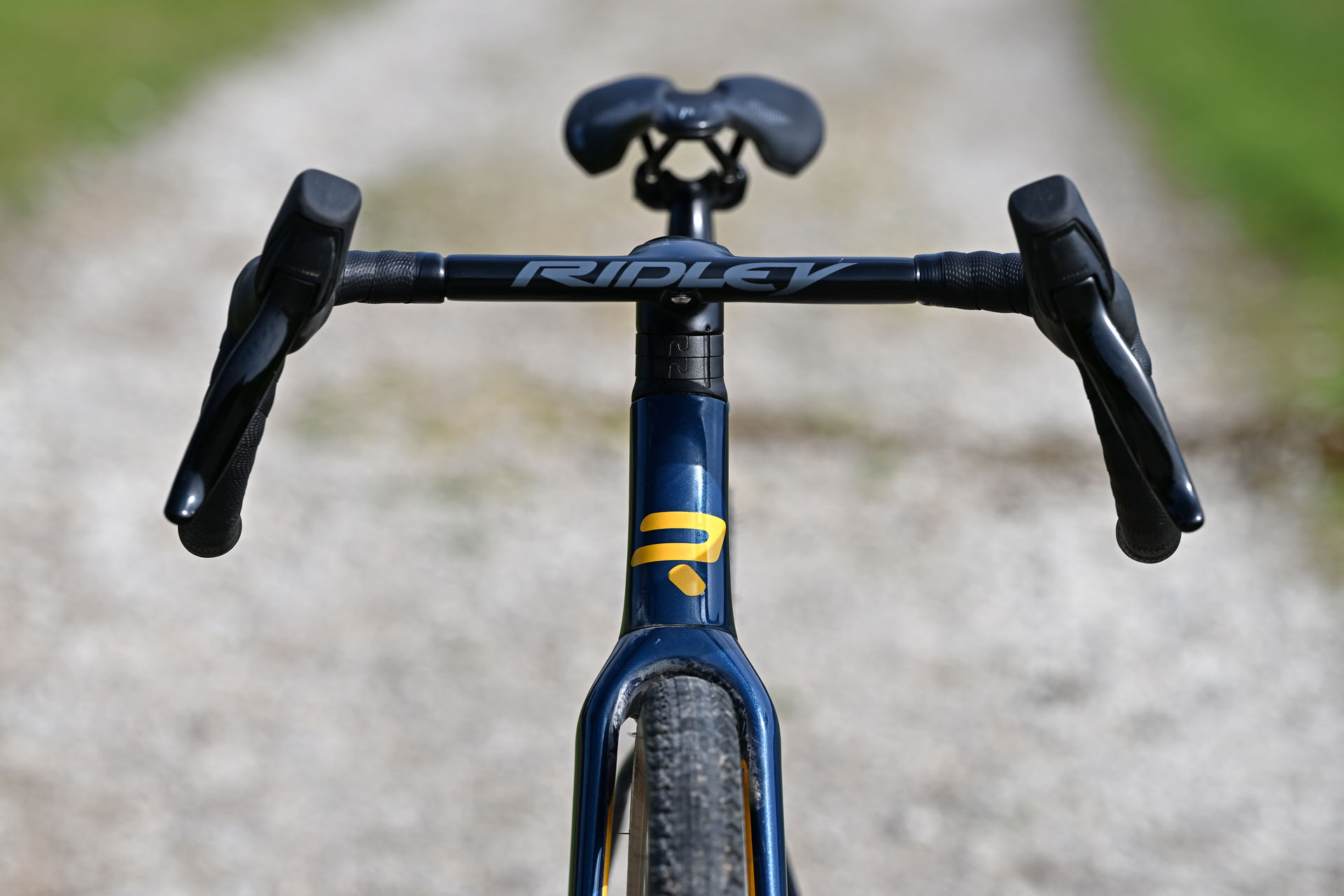
The integrated carbon cockpit on our test bikes was extremely comfortable (I managed a non-stop 10 hour ride during testing without any hand issues). However, it’s unlikely that the alloy bar that’s spec’d on the lower priced model would share the same properties.
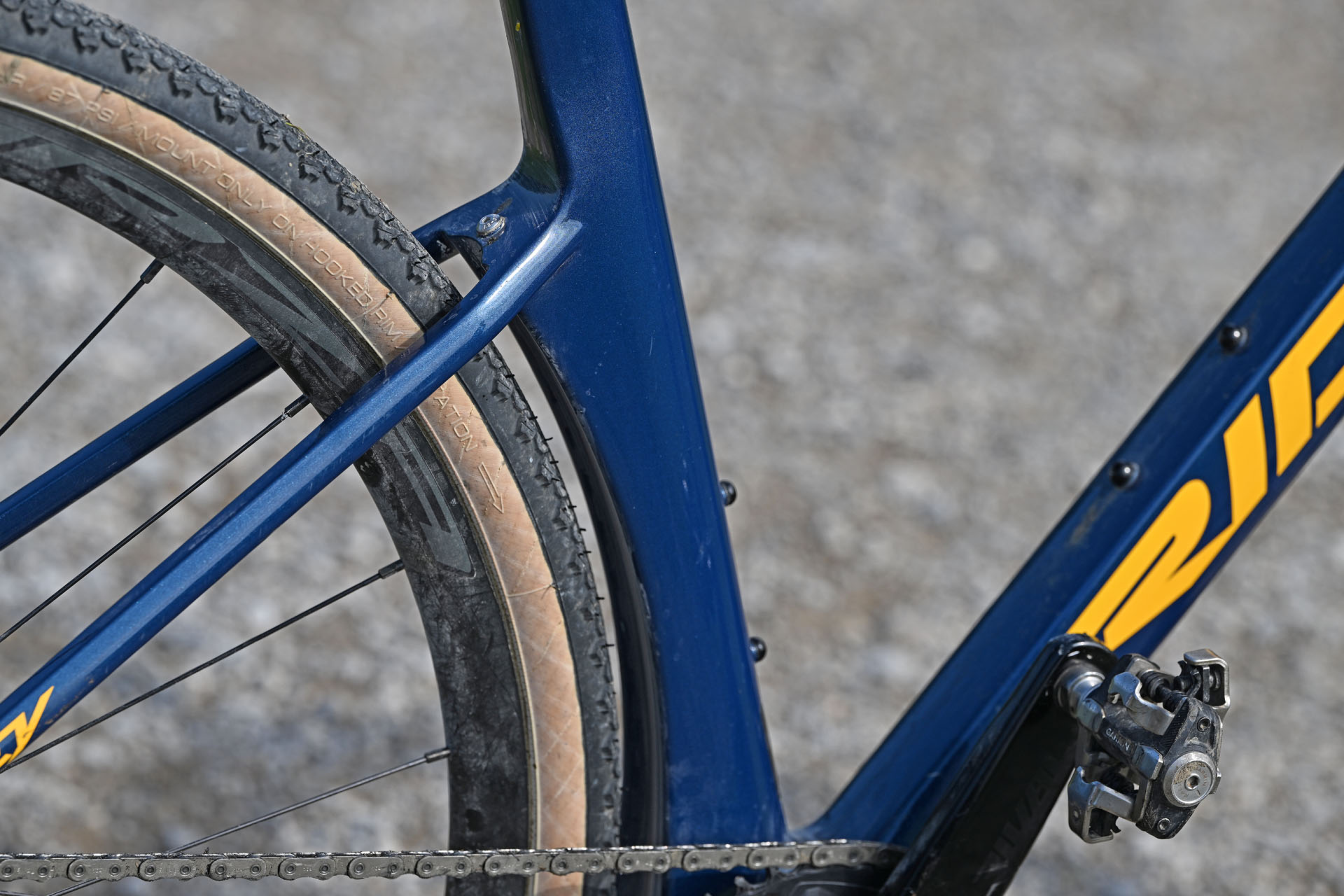
For all its race pedigree, the Kanzo didn’t shift as quickly on the road as I expected, perhaps the downside of all that integral gravel comfort. Of course, a gravel bike isn’t a road bike, but I’d assumed that one that was so far to the racing end of the spectrum would hold its own.
For the majority of the riding the aero benefits of the bike weren’t particularly evident; I don’t have either the local gravel trails or the power to achieve speeds to really profit from them. Even when I was riding the Kanzo on this year’s Tour de France stage route with its gravel sections (200 km with 35 km gravel and 2,000 m climbing) it was only really the longer and fastest road descents I perceived any aero benefit. If I could choose I’d keep the geometry but without the aero tubing and so not sacrifice weight and tyre clearance.
Despite its design intentions, the Kanzo is really fun and steady on technical singletrack riding. Its short wheelbase and direct handling giving it the reactivity needed for the twists and turns and that’s despite the long and narrow cockpit on our test bike (standard stocked bars and stems are a little shorter and wider so should give even more control). As it’s so short it’s not very stable on steeper descents and so more limited if you regularly explore off-piste. On the XS there was some toe overlap which wasn’t great for slow technical trails, this is unlikely to be an issue on larger models though.
Specs (as tested)
- Frame and fork: Kanzo Fast, 30T HM/HR UD Carbon
- Groupset: SRAM Rival AXS XPLR – 1x12
- Crankset: SRAM Rival - 42T, 172.5 mm
- Cassette: 10-44T 12sp
- Wheels: Forza Levanto Gravel Carbon
- Tyres: Vittoria Terreno Dry TLR - 38mm
- Handlebar: Kanzo Fast aero integrated cockpit 38 x 110mm
- Saddle: Selle Italia SLR
- Sizes: XS – XL (five sizes)
- Max tyre clearance: 42 mm
- Weight: 9.1 kg (XS as tested)







